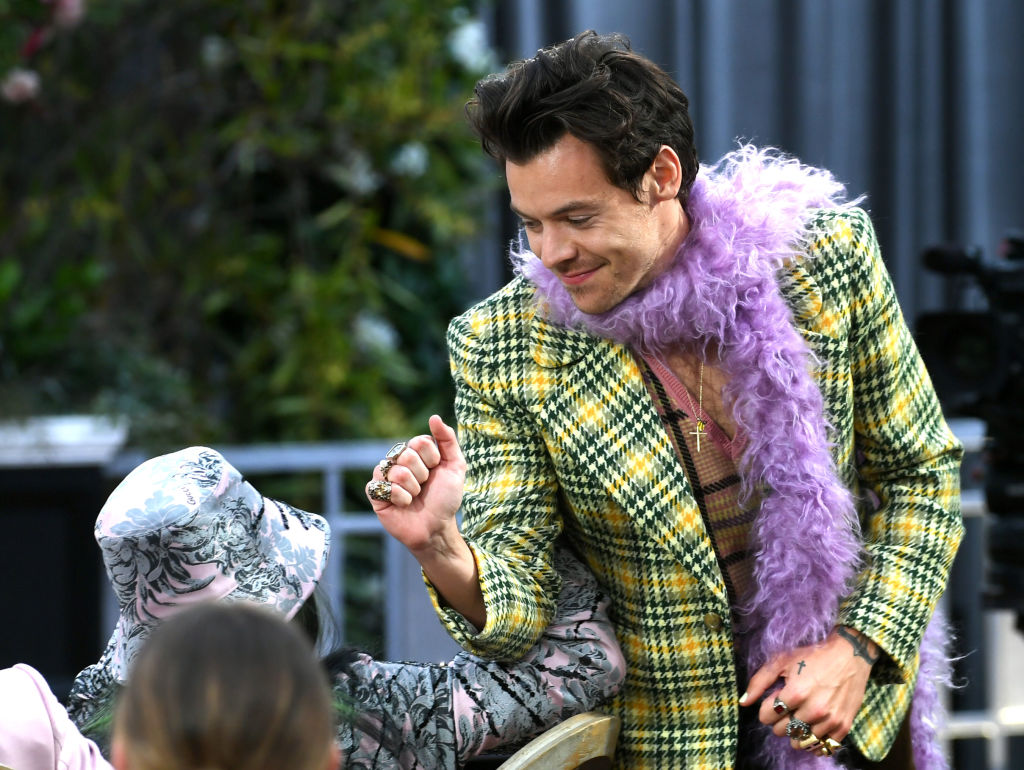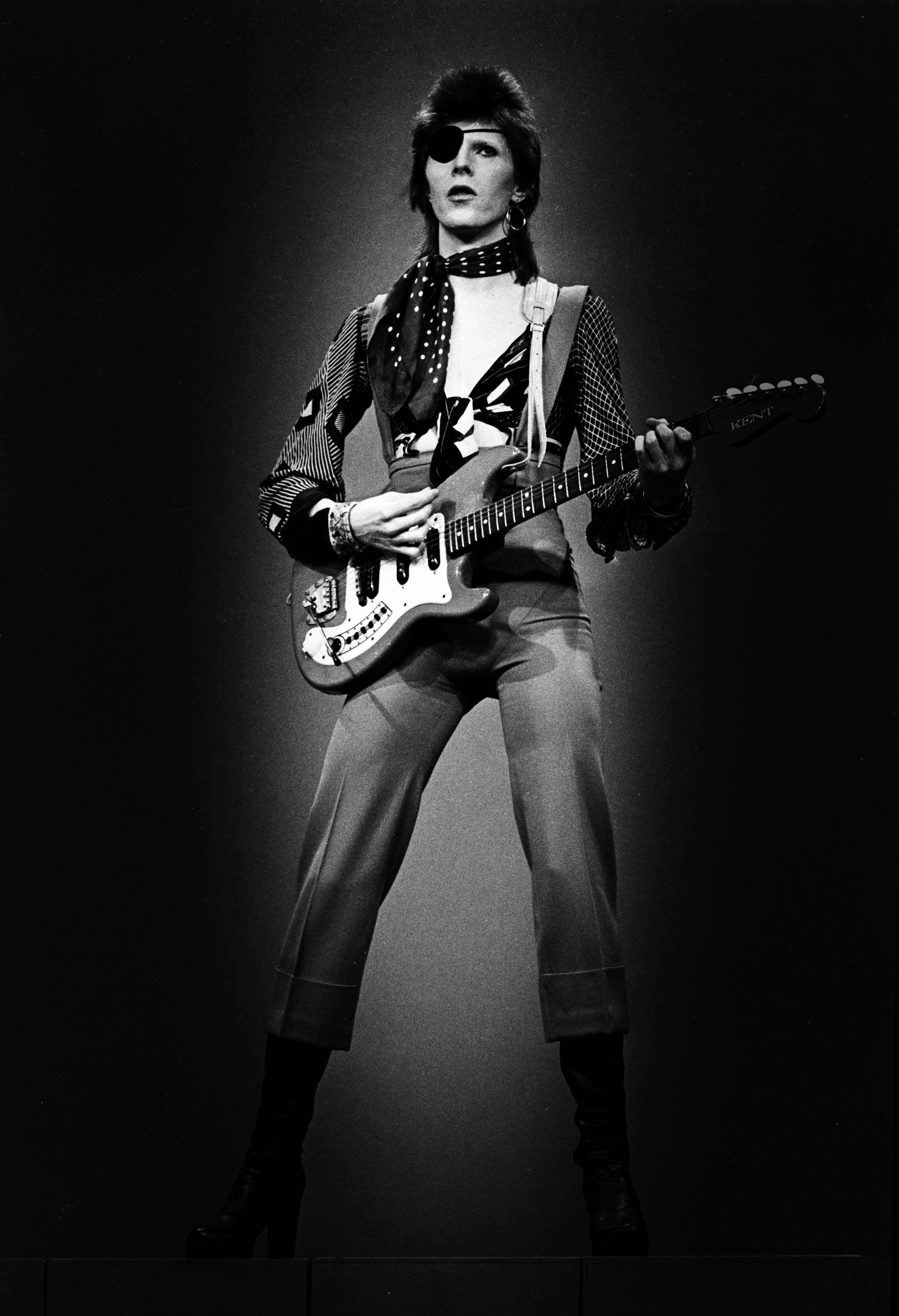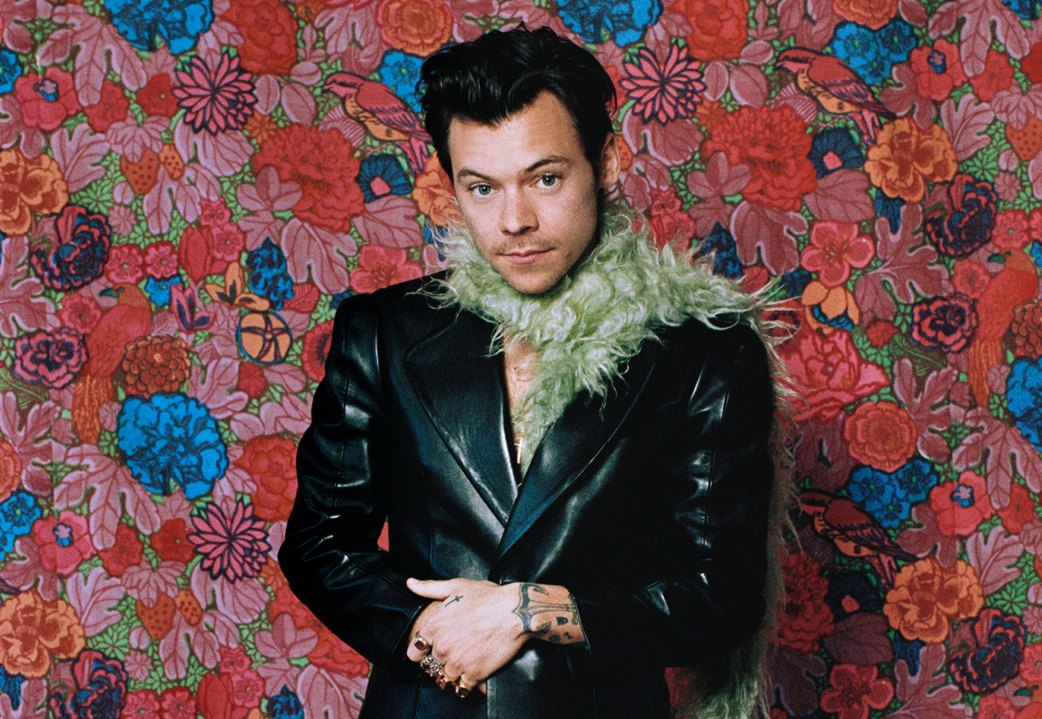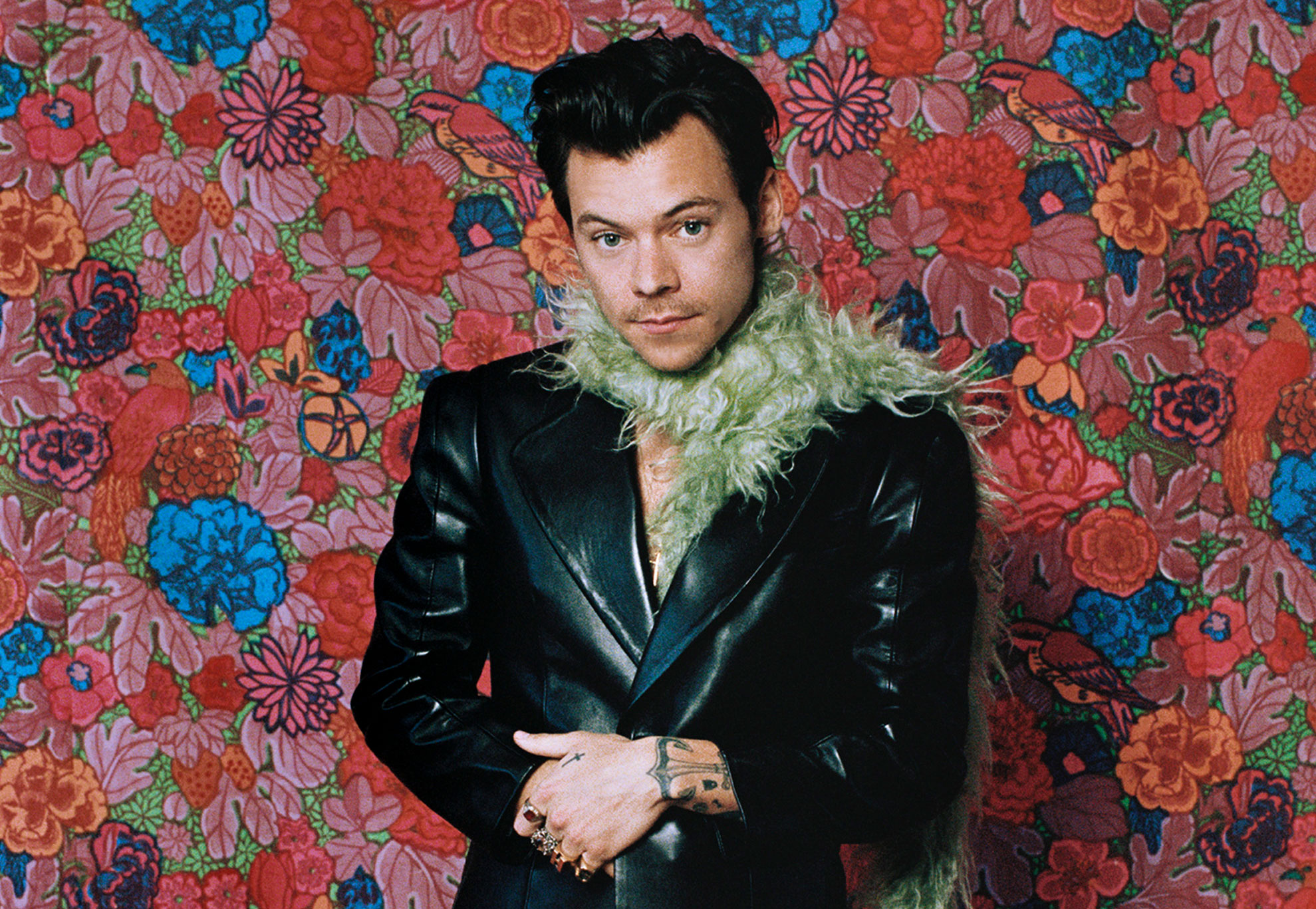If you are on social media, you have probably scrolled past a hundred photographs of Harry Styles’ Grammys performance last week. It was eccentric, quirky. And Styles donned his much-touted androgynous swagger.
The media and menswear magazines keep insisting that Styles’ fashion choices are groundbreaking and are setting the tone for a new generation of men. Following the performance, tweets and articles have been shared celebrating Harry’s modish liberation from a sea of monotonous Don Drapers. All because he wore a furry green scarf.
What Harry is doing, said one commentator for a large men’s magazine, is redefining. Redefine. I hate that word… Once you’ve defined something, hopefully you already got it right. But we continue to redefine (and I’m sure it won’t end there). Many high-profile entertainers, like Jared Leto or Sam Smith, are redefining the man, they say. Redefining stifled male sexuality, and liberating us from the oppression of trousers.
If we ‘cis’ males don’t help redefine menswear, we are holding up the train; stationed where Steve McQueen, Ryan Gosling, George Clooney, Sydney Poitier, and Paul Newman left their three-piece double-breasted suits.

Outfits that once enabled men to embrace anonymity are being treated as political statements by the young
People have been experimenting with gendered fashions forever. The difference is, Harry’s doing it in an era of activism; so the connotations are different. It’s no longer just: ‘He likes to dress this way.’ The coverage now adds, ‘… and so should you.’ It’s a rather elitist take, presuming the bloke down the pub won’t wear a skirt because he has controversial politics.
The truth is the average man thinks very little of fashion. They can’t afford to ‘experiment’ with pearl necklaces or furry scarves, produced by Italian fashion houses for the price of a budget sports car. Nor do they want to. Most men, like most people, wear clothes because they are comfortable. They are not concerned with Harry Styles’ choice of fluffy chiffon.
Styles is spoken of as though Motley Crue, Mick Jagger, Prince and David Bowie didn’t exist. And what about New Romantic youth in the eighties, and androgynous, skinny-jeaned emo-kids from my own teens in the noughties? To a vocal element of Gen-Z media, it’s as though every older man has only ever shopped at John Lewis.
I was introduced to my teenage cousin’s university friends last summer. Young, smart, socially-conscious men. They had that blend of quiet, sceptical maturity and open social anxiety you get from growing up with the internet. In the vein of Styles, one had eyeliner on. At some point, our conversation turned to clothing. ‘You dress very cis,’ said one of the lads, observing my cis-button-down shirt, blazer, and excessively cis-Levi 501 jeans. I would have much rather they called me lame and old, like teenagers have always done (like I did with my parents). But in 2021, my tatty Uniqlo blazer symbolises so much more: it is a stubborn emblem of toxic tradition.

Oddly enough, I prefer classic menswear because of the neutrality. I’ve never wanted my clothes to say much, except that I care just enough. To use a hackneyed but apt term, menswear has always been ‘timeless’. That’s probably its biggest strength. You can be anybody in a t-shirt and jeans. You can be nobody, too. The irony is that the outfits that once enabled men to embrace anonymity are being treated as political statements by the young. They are no longer neutral; they are ‘cis’. In many ways, we men have had it quite easy over the decades. Women’s fashion is notoriously more temperamental, as evidenced in cinema or journalism or Instagram influencers. Menswear reached its apex between the fifties’ and sixties’, and until now, fashion has been more or less an update on those styles.
It takes very little effort for a man to look smart. A lot of this has to do with our ageless menswear heroes – figures like Steve McQueen or Paul Newman. It’s easier for your average bloke to model themselves on Newman than Harry Styles. Not because he represents an outmoded man, who likes beer, women, and race cars, but because what he does seems very easy.
To dress like Harry Styles, you must look like Harry Styles. You require the ear of Gucci’s creative director and a personal stylist. To copy Paul Newman, just pop into your local Debenhams. You’ll achieve a budget version in no time. That’s why so few of us embrace gender-neutral fashions.
Harry Styles is a self-styled rockstar. Last week’s Grammy coverage attempted to frame typical rockstar behaviour as some sort of political stand against gender norms. Bring Harry back down to earth, though – remove the lights, the make-up artists, wardrobe specialists, endless parties, and swooning fans – and we’ll see what he picks for a quick trip to Sainsbury’s.







Comments